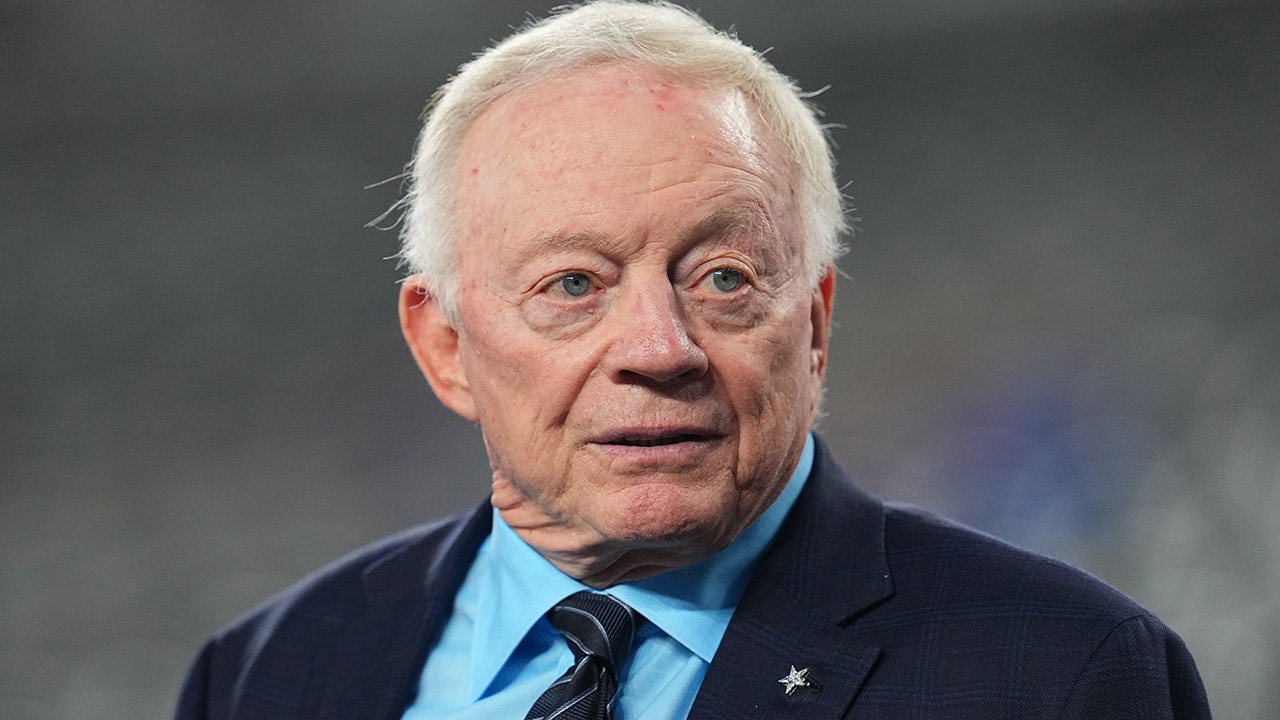When I consider contemporary works that will withstand time’s test, “Blue Cathedral” is true to its name. Some 400-plus orchestras have performed it since Higdon composed it in 1999, and it’s easy to hear why. Written in memory of her younger brother Andrew Blue, it’s an emotional weighty work that, in the right hands, achieves effortless lightness.
Heyward said not a word but went straight to his work, offering an interpretation that felt equally attuned to Higdon’s inventive sound world as to her keen narrative capabilities.
Higdon as older sister is threaded through the work as a line of flute; kid brother follows along as his instrument, the clarinet. (Expressively and beautifully played, by Marcia McHugh and Jaewon Kim, respectively.) This is also every orchestra’s favorite Higdon piece for its showcase of solos. A mist of bells gives way to a waking adagio for strings, rousing the orchestra into glowing response. A sweet dialogue of flute and clarinet seemed to travel through years as Heyward gathered momentum and sent the strings soaring.
From there, a turn-by-turn procession unfolds that feels equal parts fantastic and funereal: A loose melodic tangle of oboe, violin, piccolo, cello and bassoon twists into an anxious coil. A storm of thundering drums and icy chimes darken the skies (the emergence of anger, grief’s longtime companion). A wall of staccato brass and sawing strings builds to a breathtaking climax. The duo of flute and clarinet returns atop curlicues of Melissa Hooper’s oboe, all of them vanishing in the low glow of distant-sounding chimes, singing water glasses and a sheen of barely audible shakers discreetly shaken by various BSO players.
It was a fine warm-up to Abduraimov’s triumphant take on Tchaikovsky’s beloved 1875 concerto, to which the Uzbekistani pianist brought measured power and lots of personality. Heyward crafted exciting dynamic dips throughout the expansive first movement, coaxing wonderfully responsive playing from across the strings.
And while the concerto was famously originally met with “indiscriminate, determined censure” from the pianist Tchaikovsky had intended to premiere it — Nikolay Rubenstein — Abduraimov seemed to savor its ever-changing atmosphere, engaging seamlessly with the orchestra, drawing his own marvelous details from the low end and inviting ample silence and space into his solos. (By the way, Strathmore, that entrance in front of stage left could use a squirt of WD-40.)
Abduraimov brought softness and a slapdash wit to the tender second movement and its multiple personalities. Associate principal cello Lachezar Kostov, flutist McHugh and oboist Hooper gave especially fine and expressive performances. (Points off to the audience member who attempted a concerto for candy wrapper.) The third movement was supercharged by Abduraimov’s dizzying agility. A hail of clobbering octaves toward its close built to a bracing climax — and everything old was new again.
Composed in 1940, Rachmaninoff’s “Symphonic Dances” was his final major composition (he died in 1943), and the only piece he composed entirely while living in the United States.
That might be just two points of trivia were it not for “Dances” drawing a life’s worth of inspiration and quotes from the liturgical chants of Rachmaninoff’s childhood and the pages of his own work (as well as a motif from Rimsky-Korsakov’s “The Golden Cockerel”). And despite the nostalgic turn the three dances take toward Russia, they also feel firmly footed in America, with rhythmic intricacies that articulate the composer’s interest in jazz.
The quiet episode of oboe, clarinet, bassoon and alto saxophone (perfectly played by Steve Temme) in the first movement was stunningly beautiful, giving way to chilling melodic feints in the strings, some of the loveliest playing of the evening.
Heyward approached the latter two dances with a similar mix of attentiveness and adventure, balancing the rich harmonic heaves of the orchestra with the crisply delivered piano of principal keyboardist Lura Johnson, who was fantastic throughout. Concertmaster Jonathan Carney was also a highlight, arresting in sound and presence, and key to suppling the urbane wit of the second dance.
Heyward then built the third dance from pure romance to a fiery frenzy — the fluid guidance of his fingertips suddenly sharpening into mechanistic chops and swipes. It culminated in an explosive finish — its thrill in defiance of how well we all knew it.
And while the fireworks are what tend to fill the seats these days, Heyward’s way of bringing out the softer side of this orchestra is what intrigues me most about his forthcoming tenure. He has an ear for nuance, a savvy sense of programming and an immediately endearing presence onstage. Now he has an orchestra, and we’d do well to keep our ears on it.
Tchaikovsky Piano Concerto, featuring Behzod Abduraimov, repeats May 6 and 7 at Joseph Meyerhoff Symphony Hall in Baltimore, bsomusic.org.














































